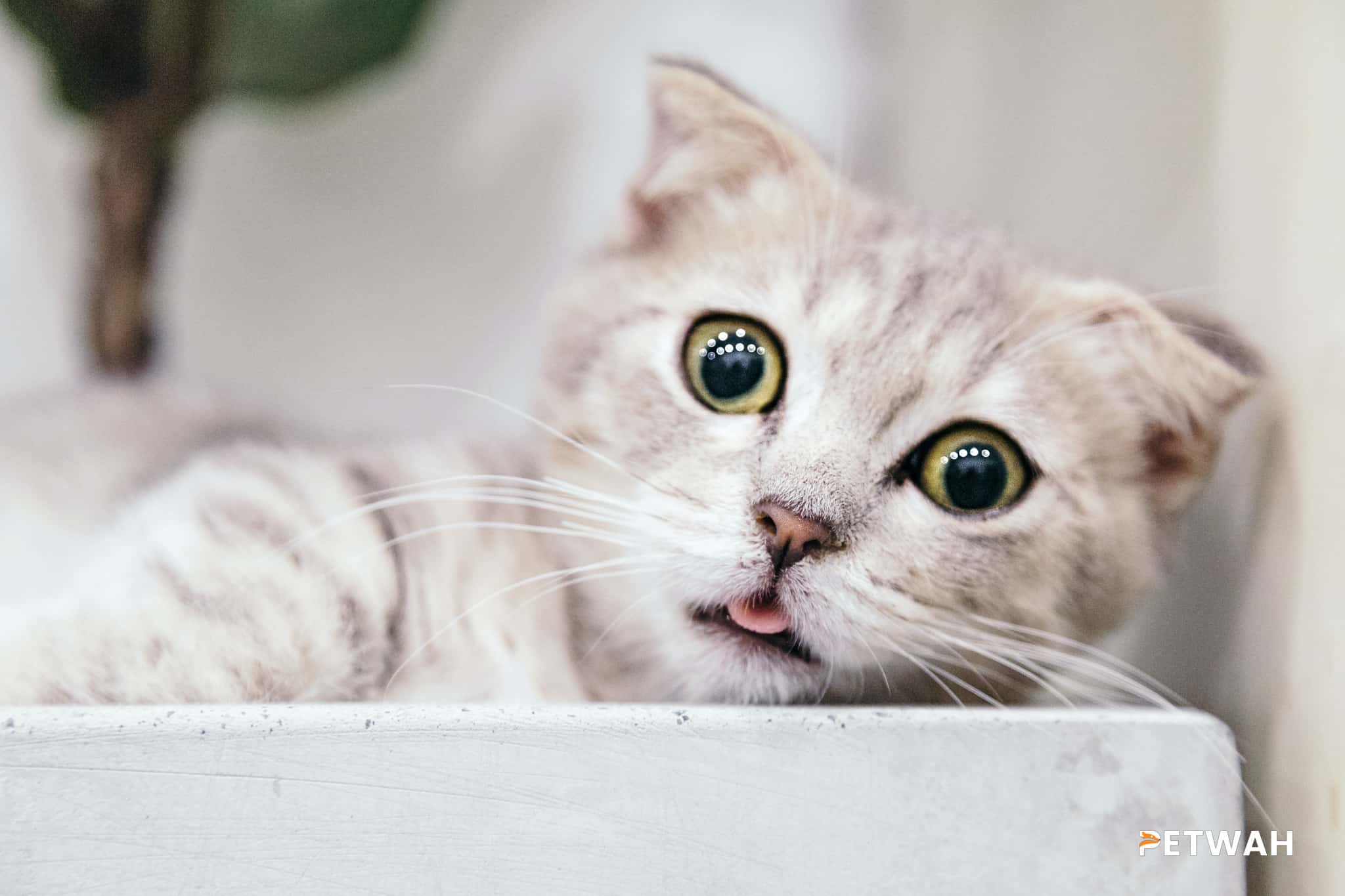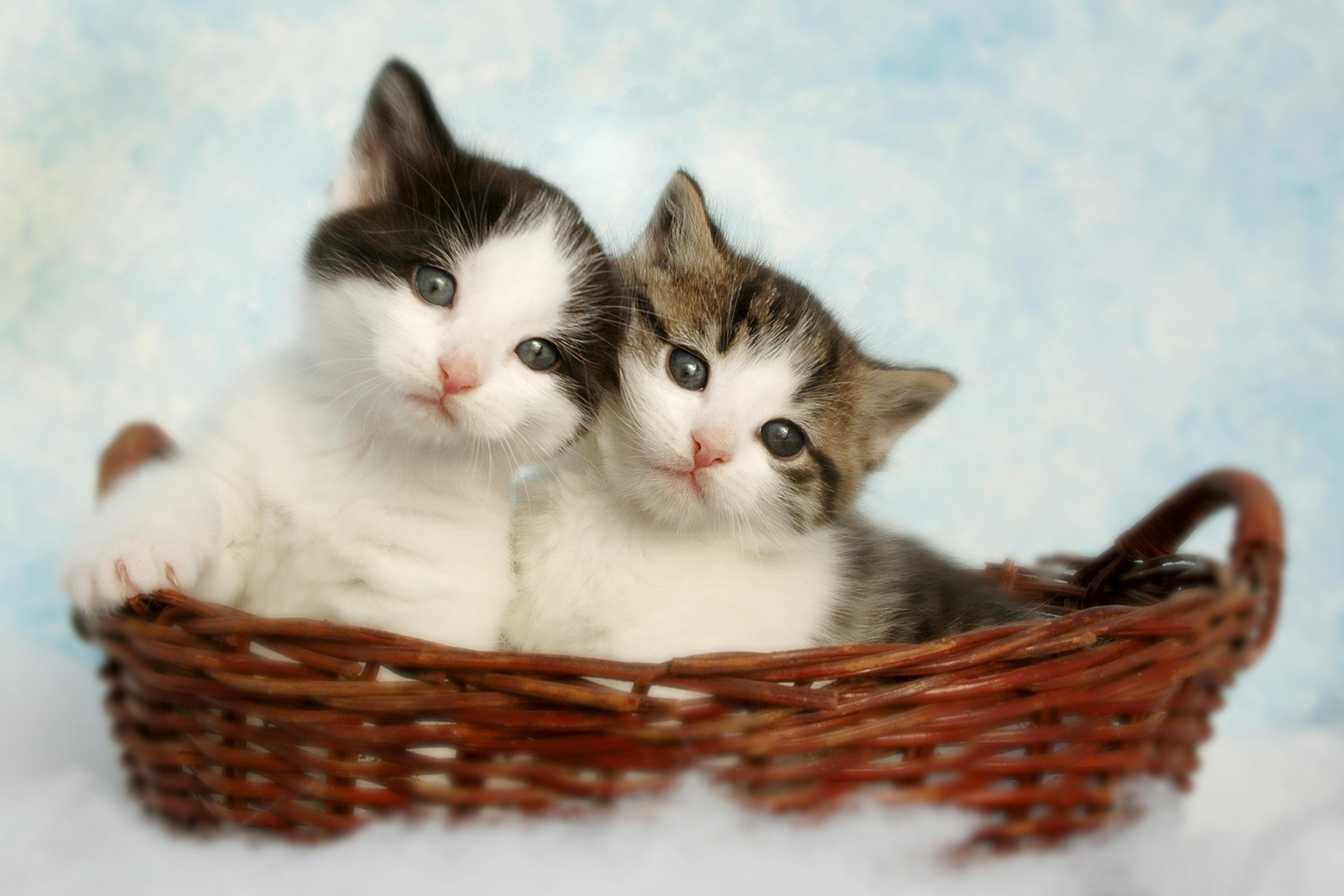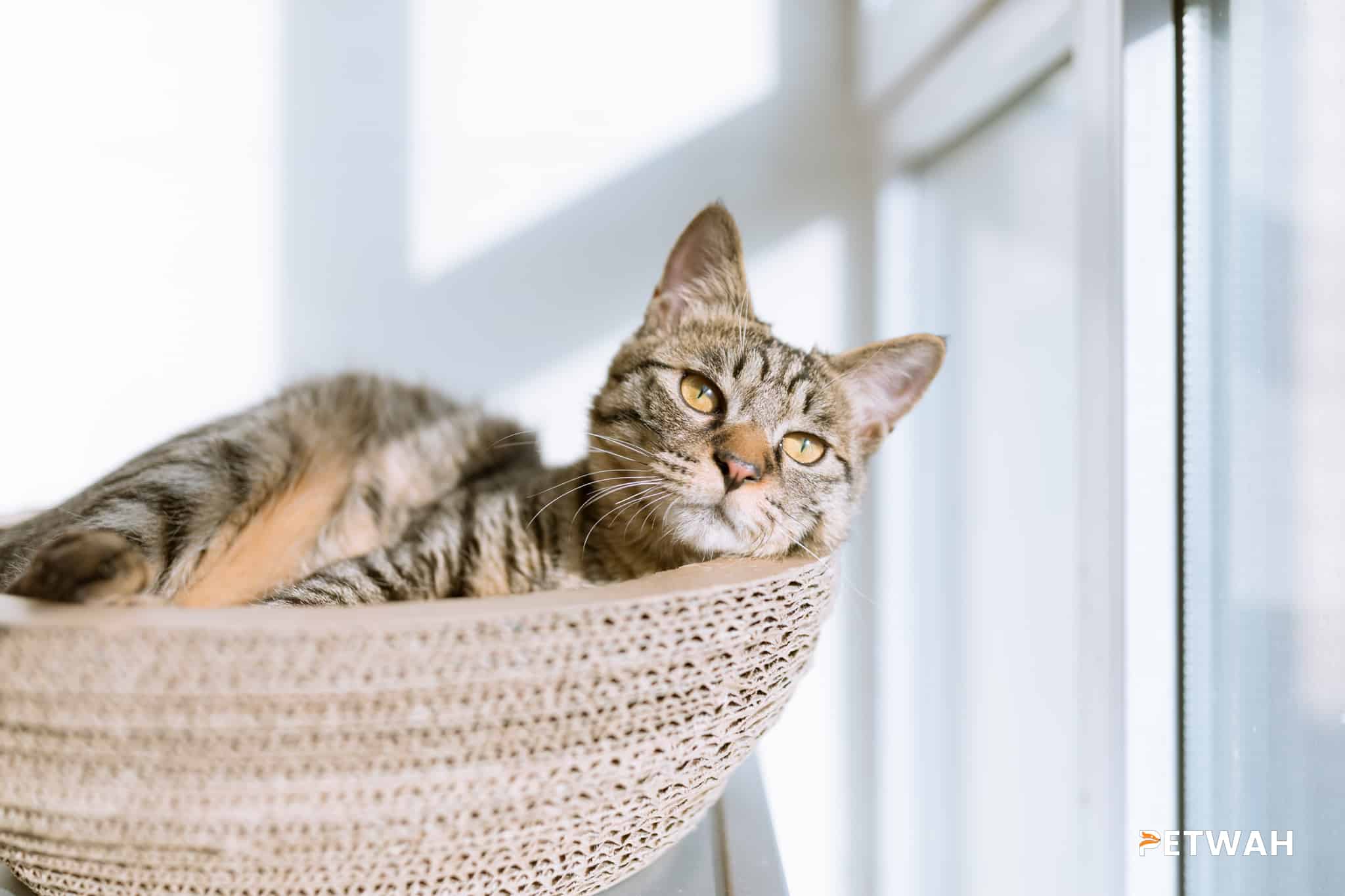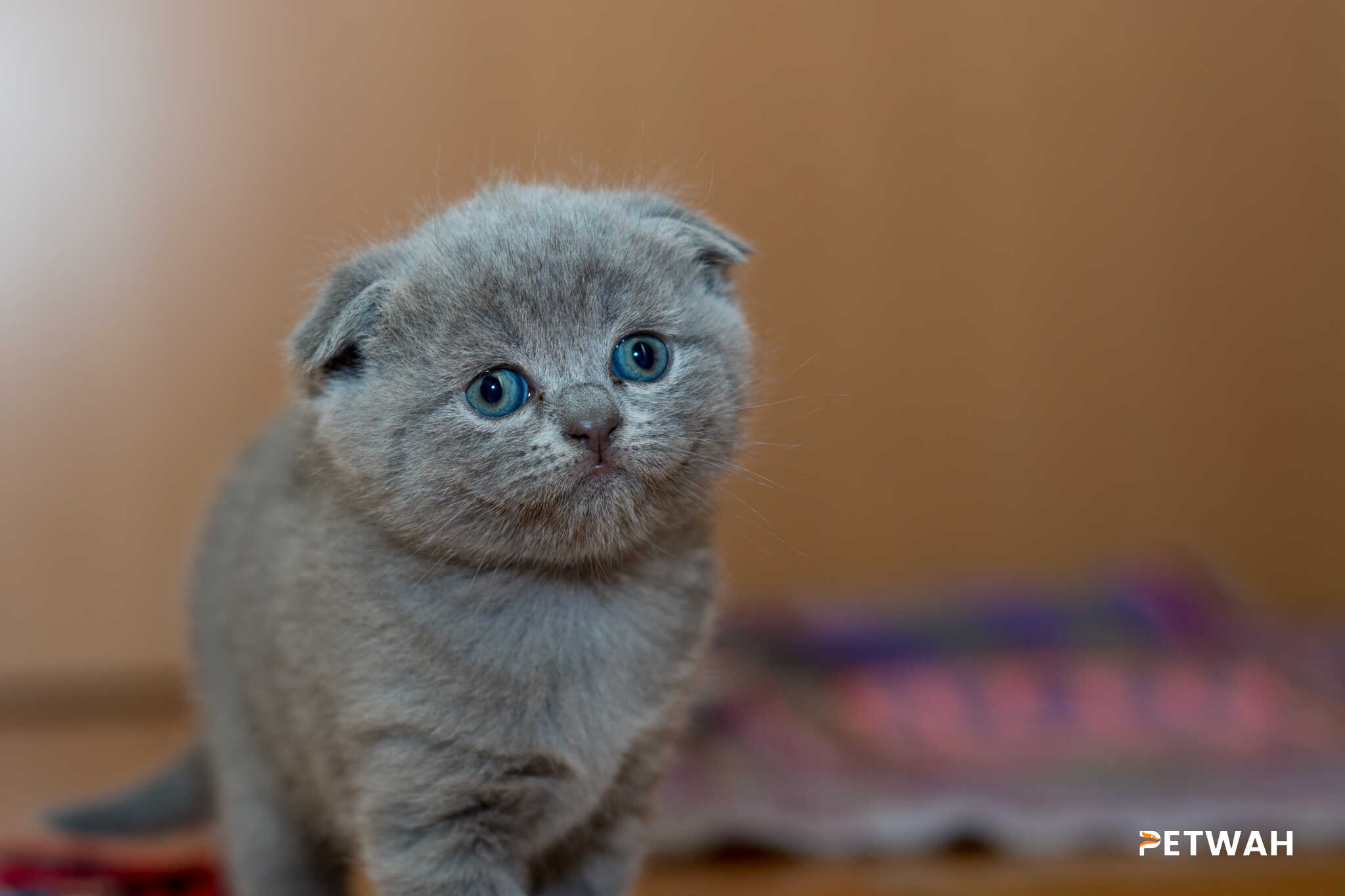Cats are important members of the family and just like their human counterparts, they need regular dental care. Unfortunately, dental problems are common among cats and can lead to serious health issues if not caught and treated early. In this blog post, we’ll explore the common dental problems that cats face and the strategies to prevent them. We’ll also discuss the importance of regular dental cleanings and how to tell if your cat is having dental problems. With the right care, you can keep your cat’s teeth and gums healthy for years to come. Let’s get started!
Cats may be known as one of the cleanest animals, but they need dedicated dental care just like humans do. As a cat owner, it’s important to know the common dental problems that cats face and how to prevent them. This guide will provide an overview of common cat dental problems and strategies for preventing them.
Feline dental diseases are not uncommon, and can range from mild to severe. Common dental problems in cats include periodontal disease, gingivitis, stomatitis, tooth resorption, and malocclusion.
Periodontal disease is the most common dental problem seen in cats. This is a progressive and irreversible condition caused by the build-up of plaque and tartar on the teeth. It is an infection of the gums and other tissues that support the teeth. If left untreated, periodontal disease can lead to tooth loss and can have serious effects on a cat’s health. Symptoms of periodontal disease in cats may include bad breath, red and swollen gums, discolored teeth, difficulty eating, and loss of appetite.
Gingivitis is another common dental problem in cats. It is an inflammation of the gums caused by plaque and bacteria build-up. Symptoms of gingivitis may include red and swollen gums, bad breath, and excessive drooling. If left untreated, gingivitis can lead to periodontal disease.
Stomatitis is a painful condition caused by inflammation of the mouth tissues. It can be caused by a bacterial or viral infection, or it can be a reaction to food particles, plaque, tartar, or other irritants. Symptoms of stomatitis may include drooling, bad breath, red and swollen gums, and difficulty eating.
Tooth resorption is a condition in which the enamel and dentin of a tooth are destroyed. This can lead to pain, infection, and tooth loss. Tooth resorption is most common in cats over the age of five.
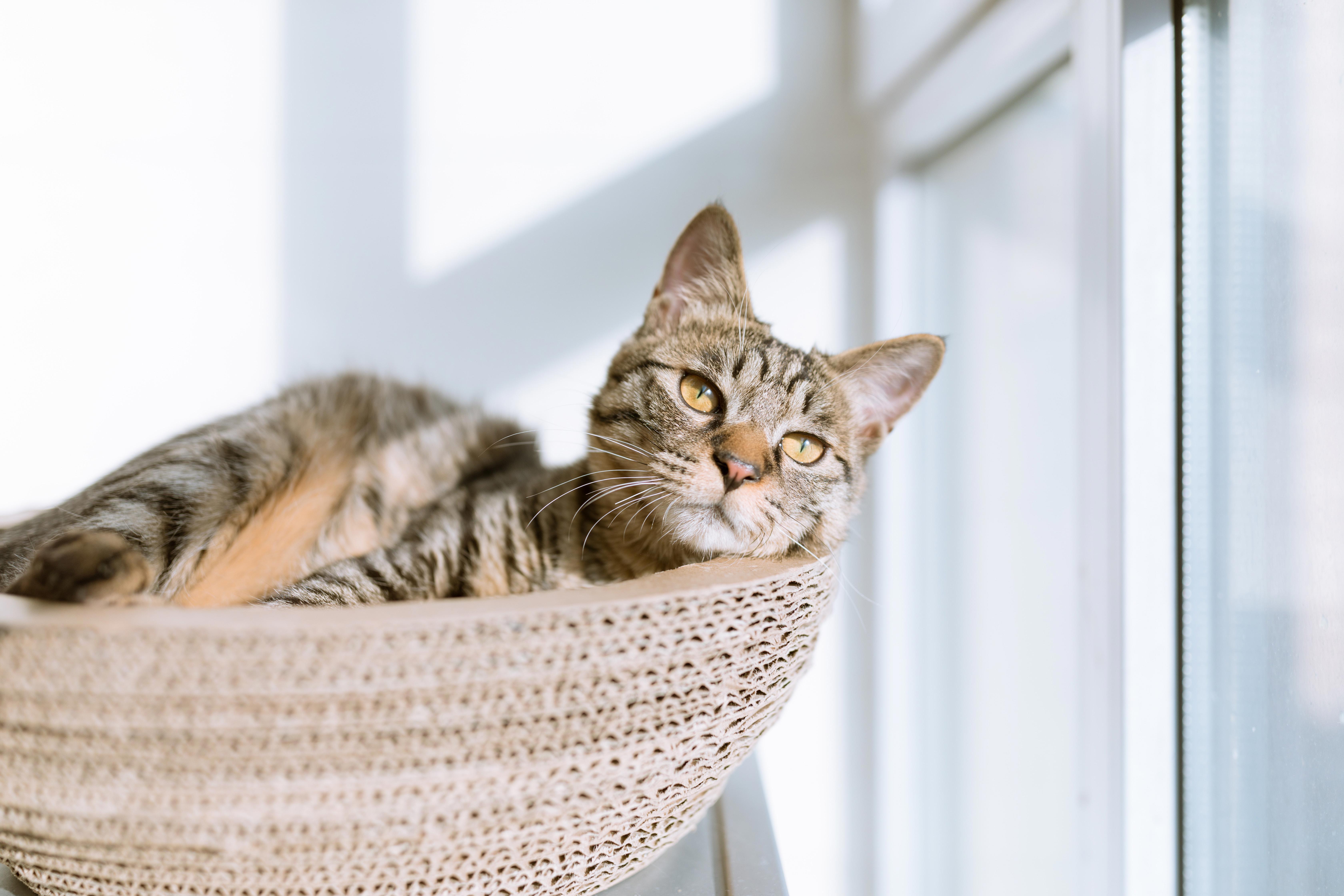
Malocclusion is when the upper and lower jaws do not line up properly. This can cause the teeth to wear down unevenly, resulting in pain and difficulty eating. Symptoms of malocclusion may include difficulty chewing, excessive drooling, and bad breath.
Now that you know the common dental problems in cats, it’s important to know how to prevent them. The best way to prevent dental problems in cats is by providing regular dental care. This includes brushing your cat’s teeth at least once a week, providing dental chews or treats, and taking your cat to the vet for professional cleanings.
Brushing your cat’s teeth is one of the most important steps in preventing dental problems. It is important to use a toothbrush specifically designed for cats and toothpaste made specifically for cats. It is also important to brush your cat’s teeth on a regular basis.
Providing dental chews and treats is another great way to help prevent dental problems in cats. Dental chews and treats can help reduce plaque and tartar buildup, and they can also help keep your cat’s teeth clean.
Finally, it is important to take your cat to the vet for regular cleanings. Professional cleanings allow the vet to remove any plaque or tartar buildup and check for any other dental problems.
Caring for your cat’s teeth is an important part of keeping your cat healthy. By following the tips and strategies outlined above, you can help prevent dental problems in cats and keep their teeth healthy.
When it comes to caring for your cat’s teeth, it’s important to be aware of the potential dental problems they may encounter and take preventive measures to ensure their dental health. Prevention is key, and that includes regular at-home dental care, annual dental check-ups with your veterinarian, and appropriate diet and treats. With the right care, you can help your cat maintain a healthy mouth, and ultimately, a happy and healthy life.




